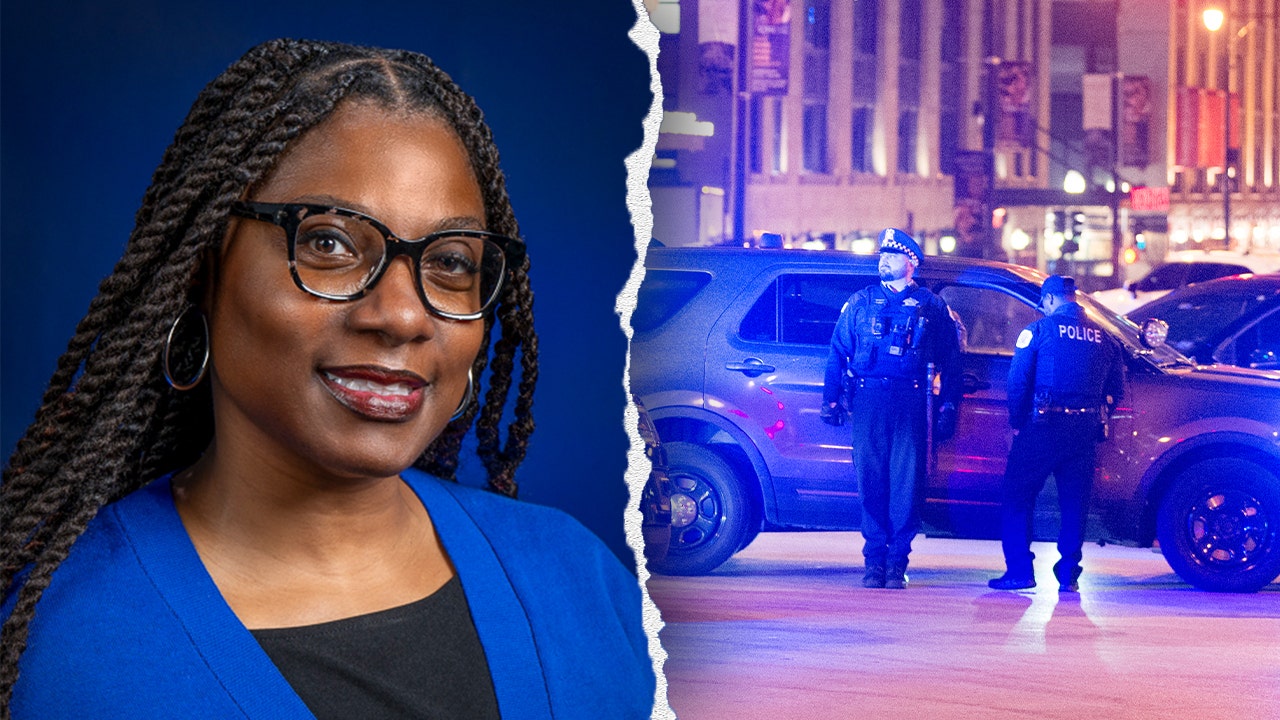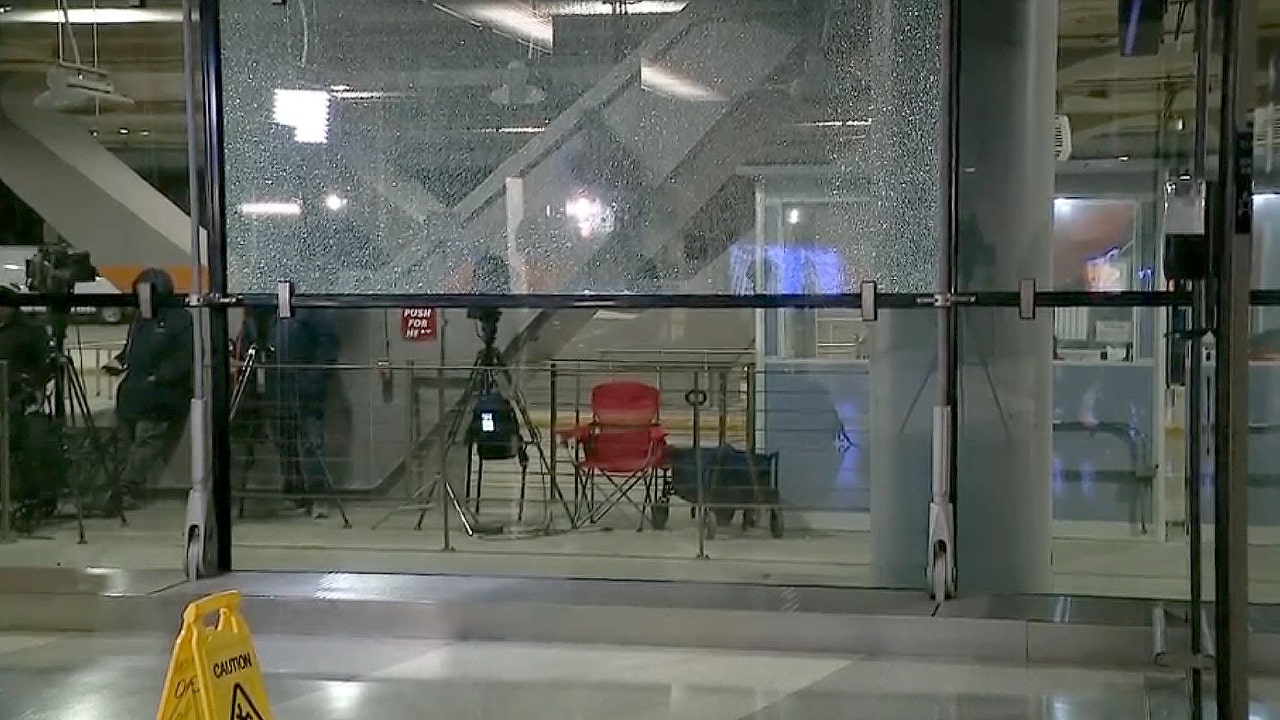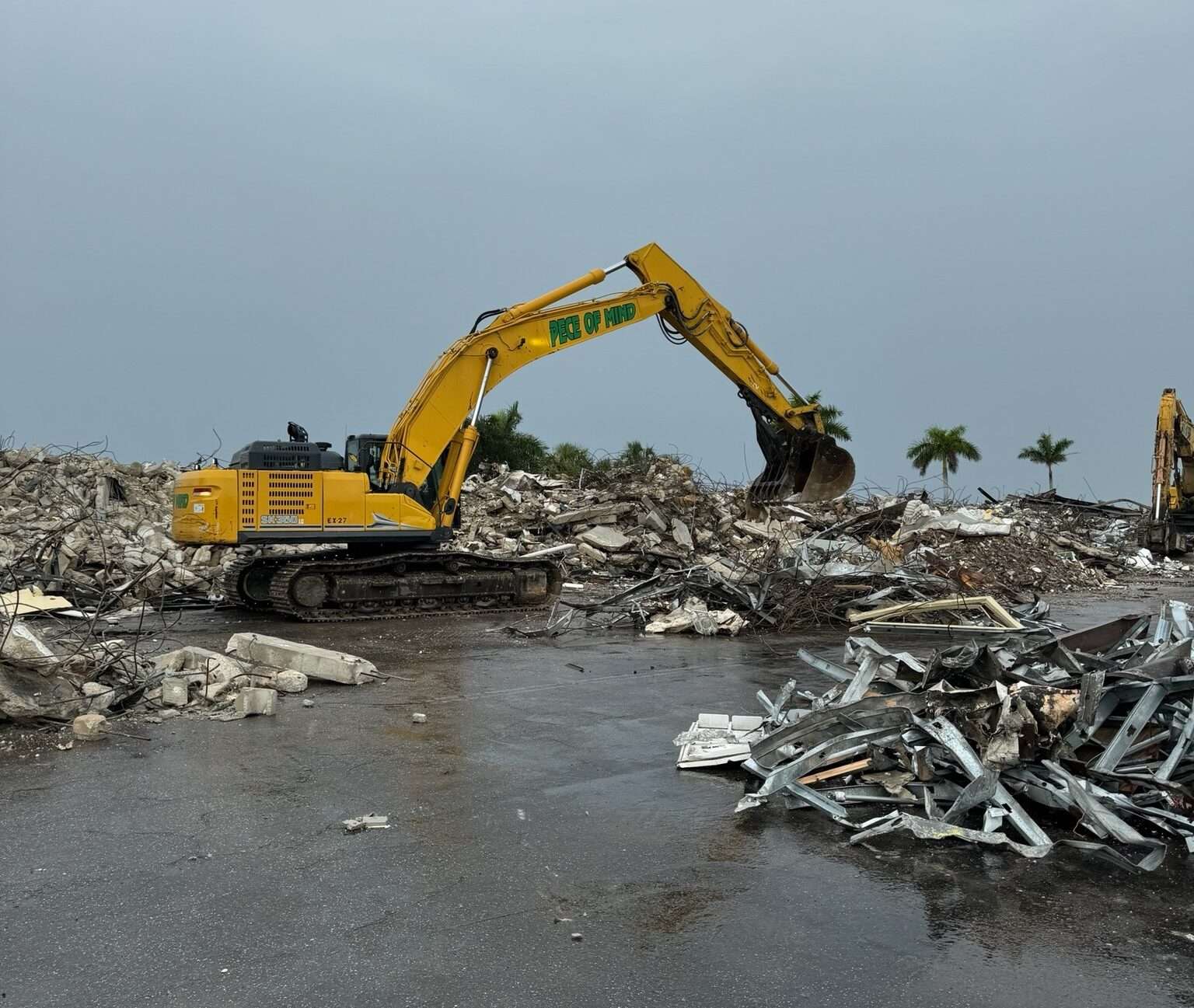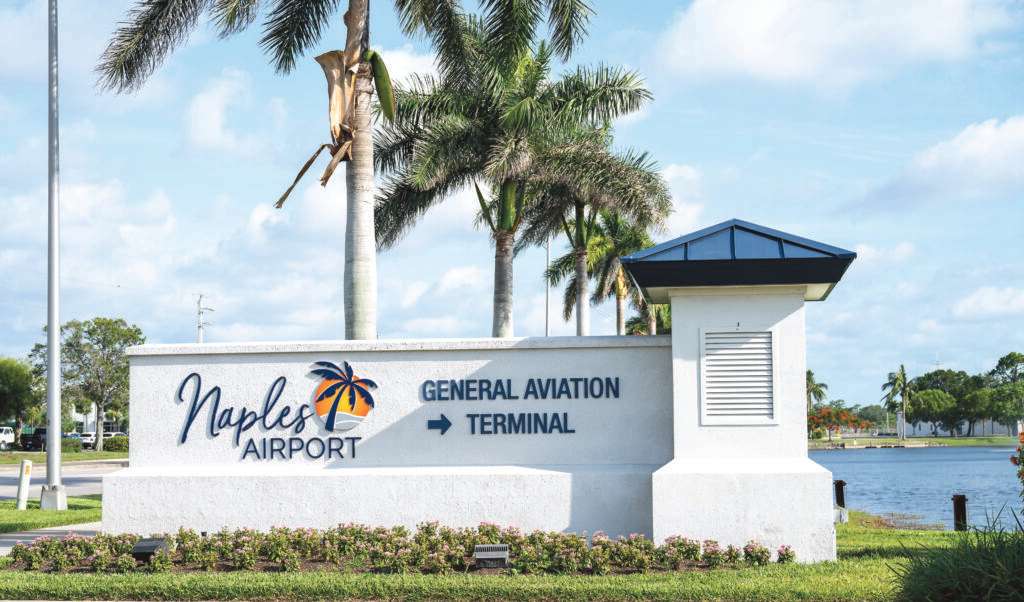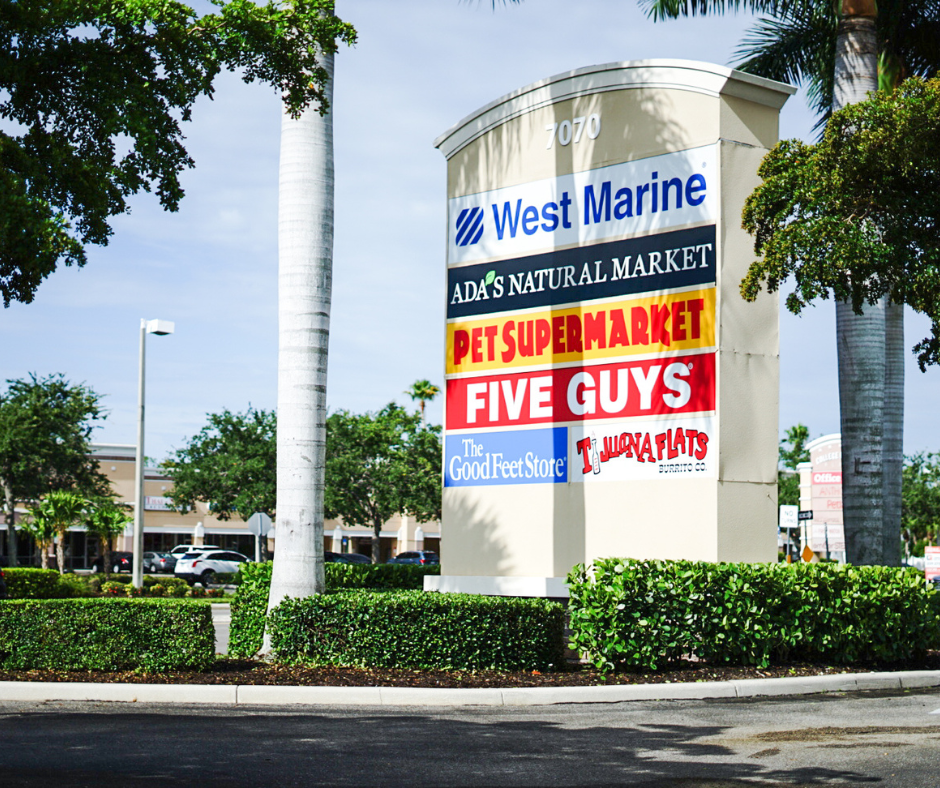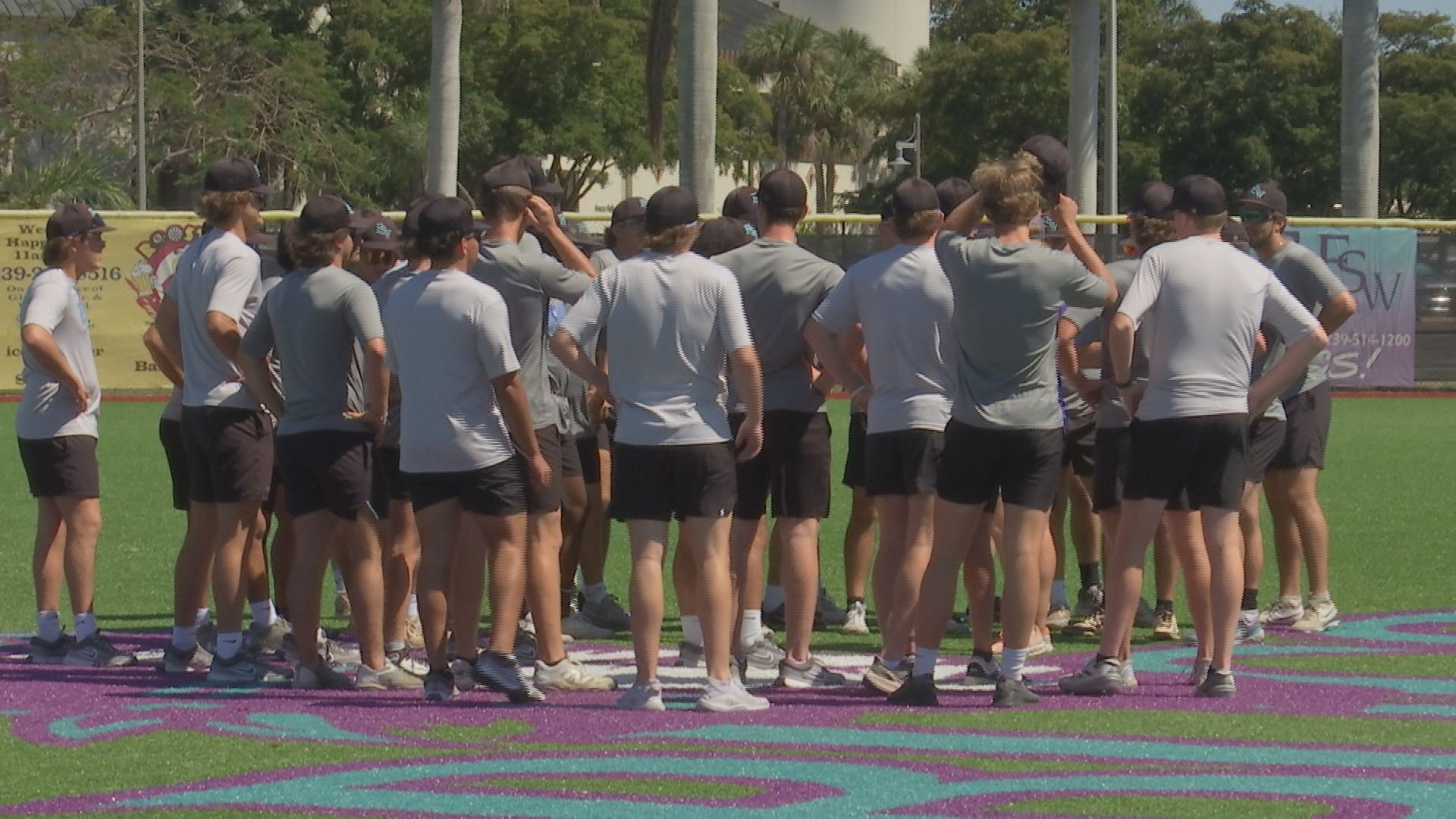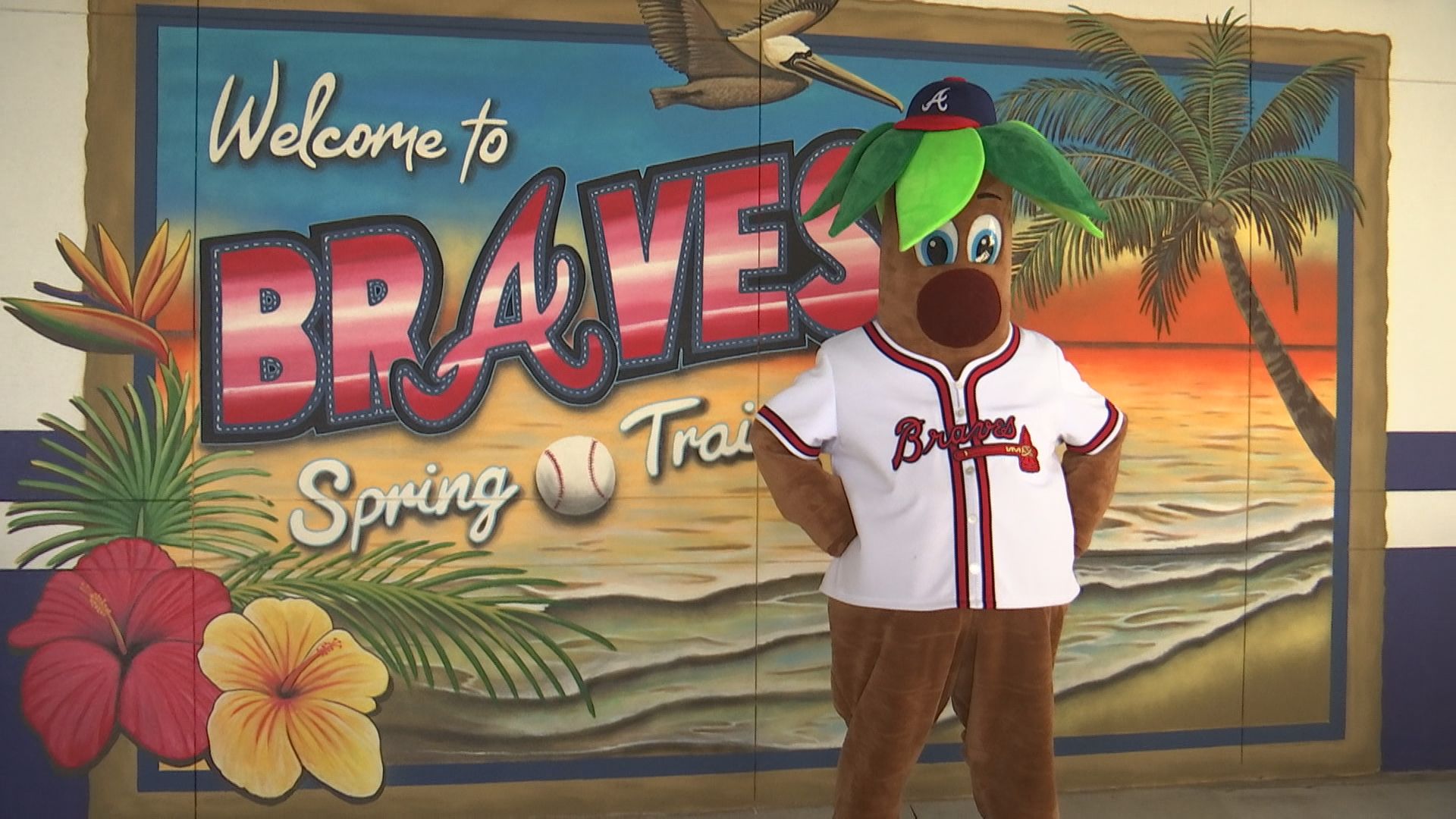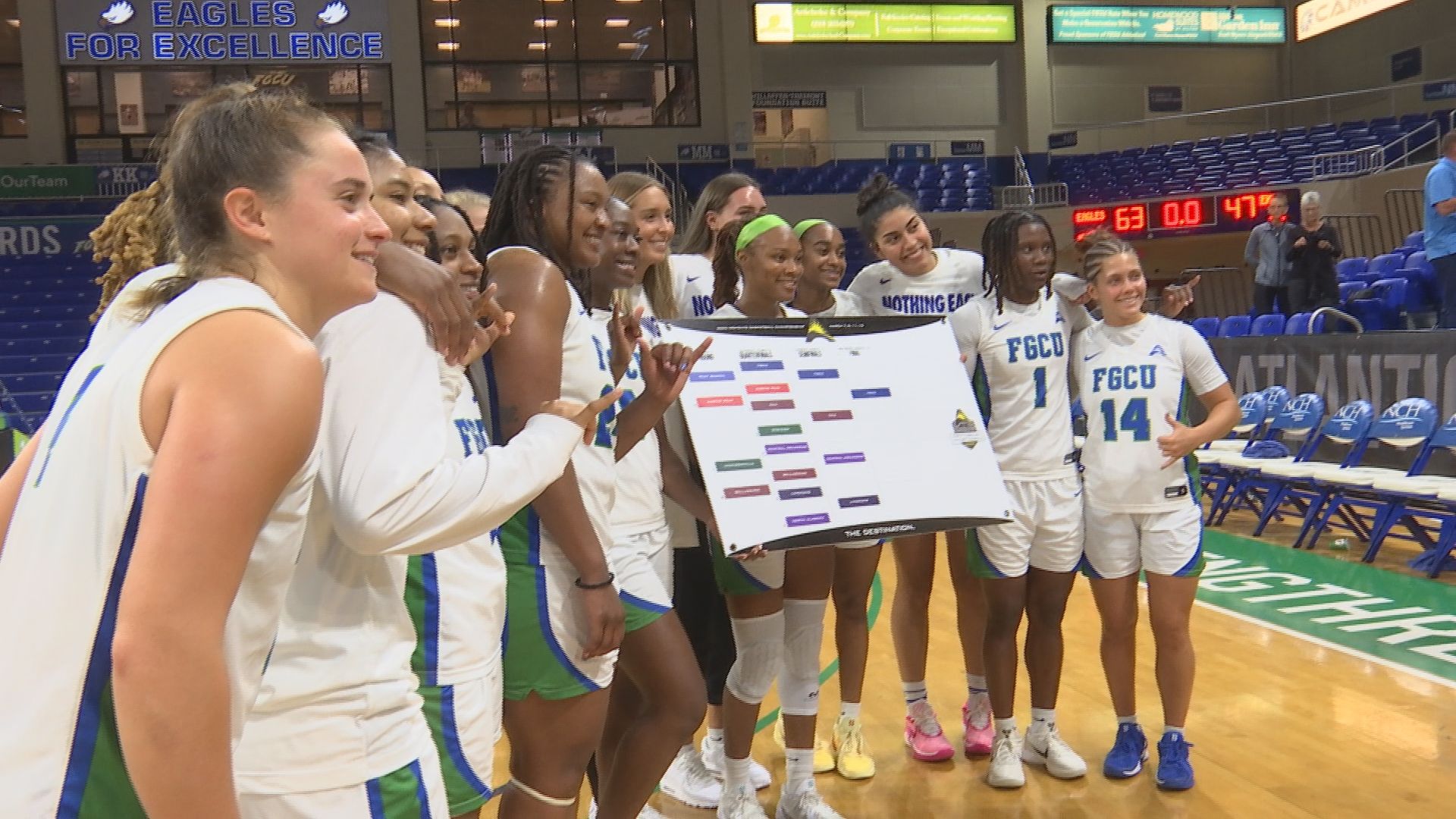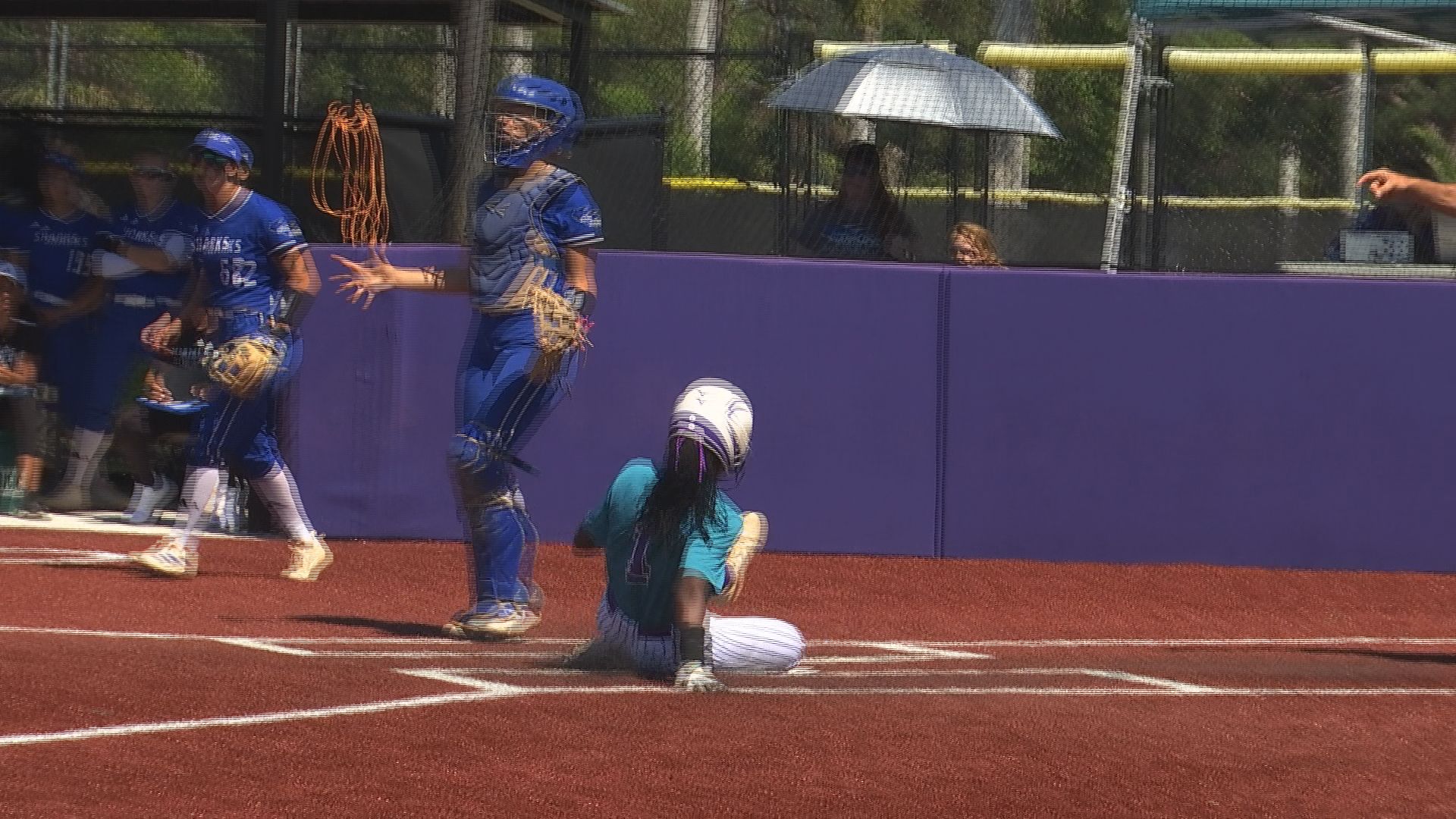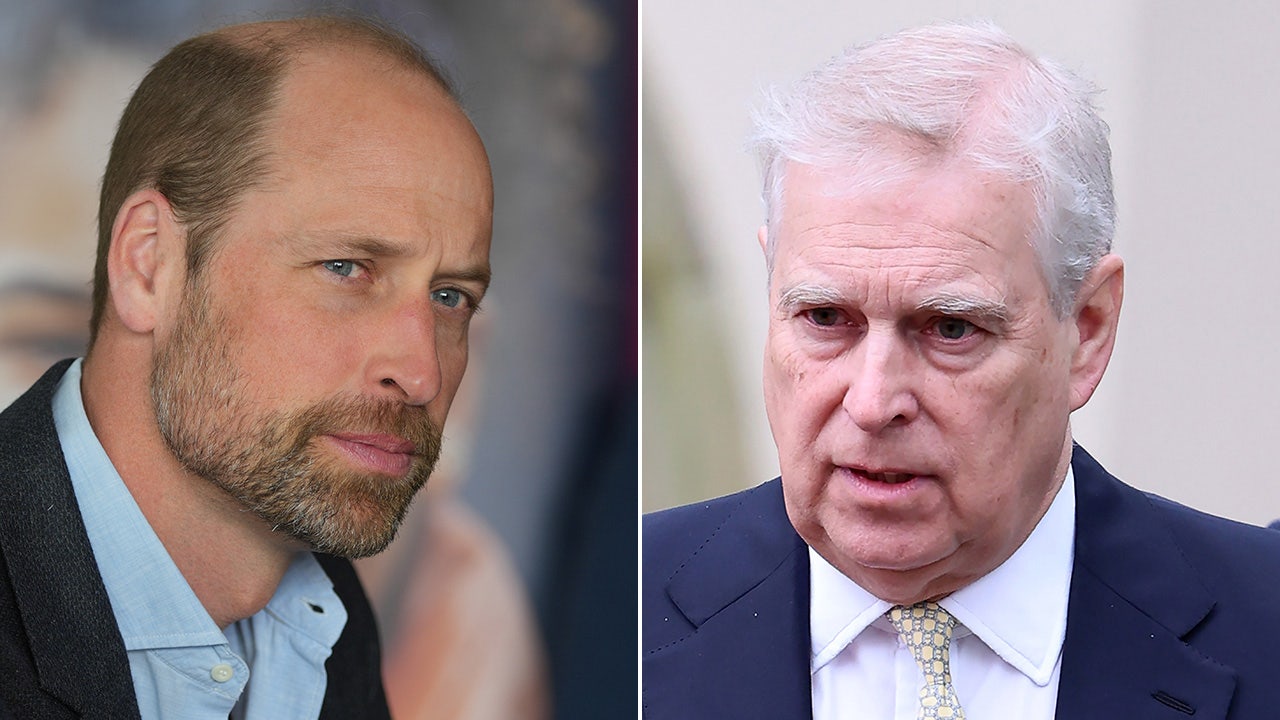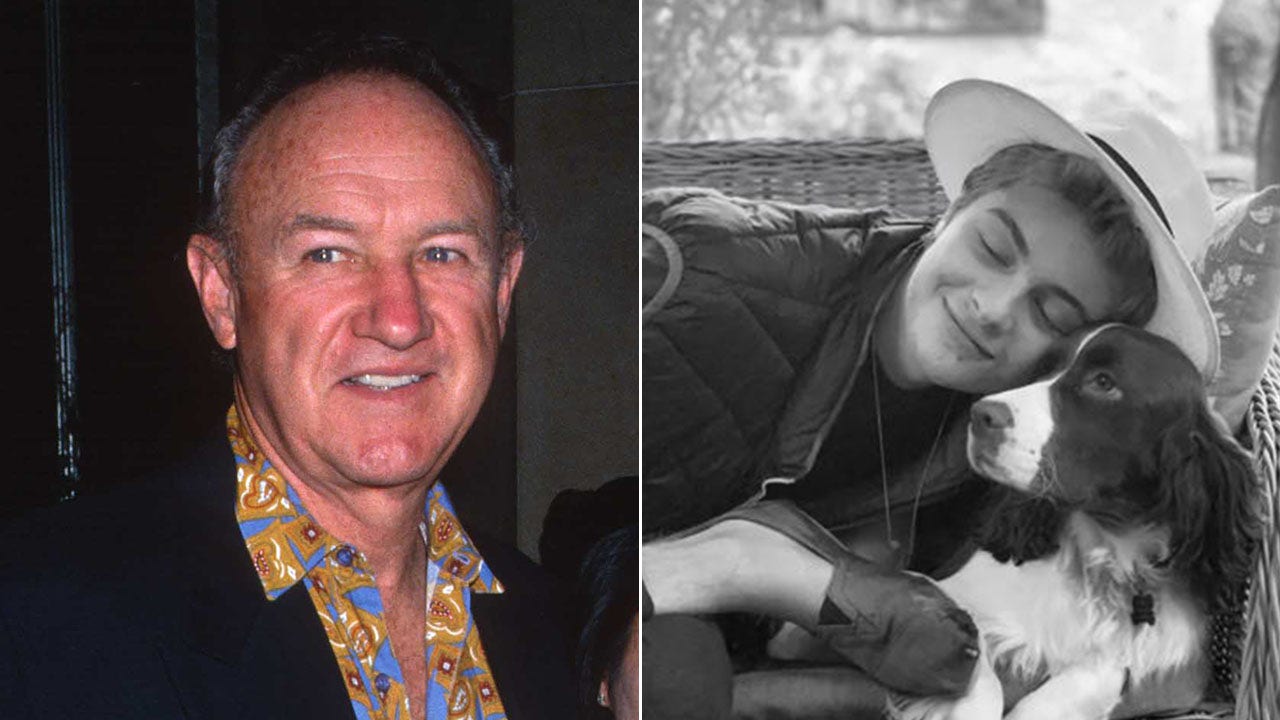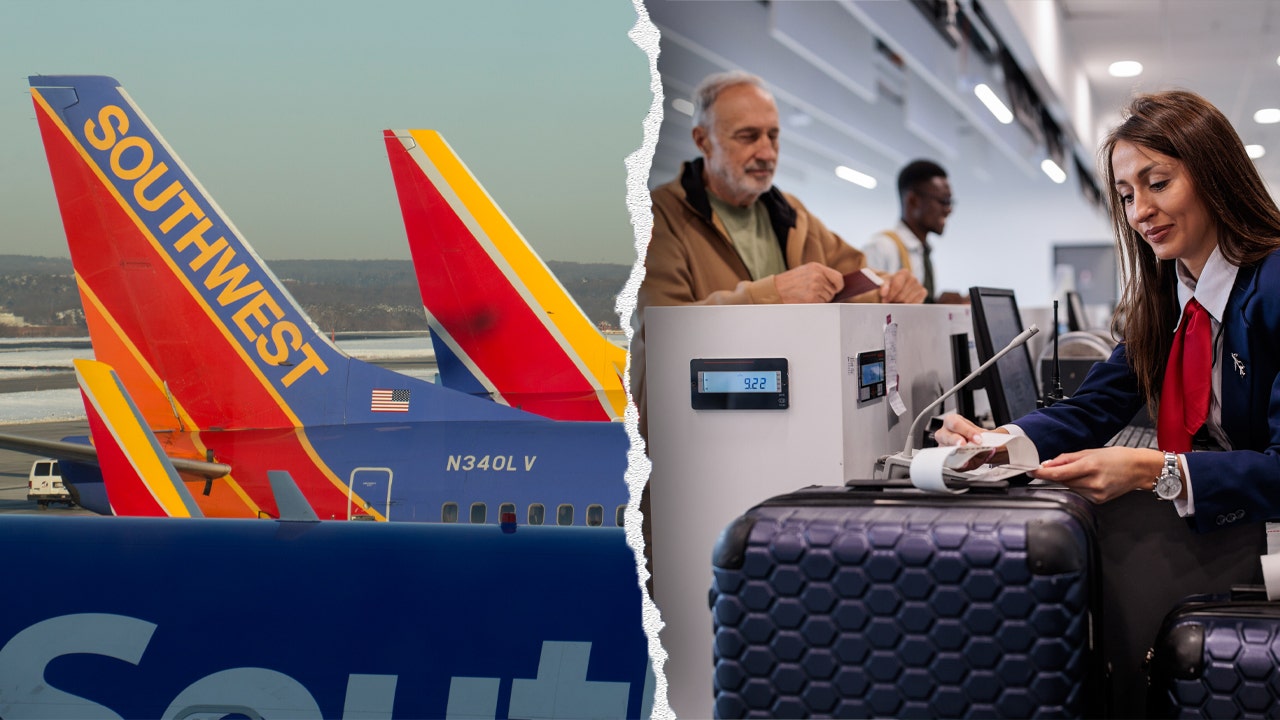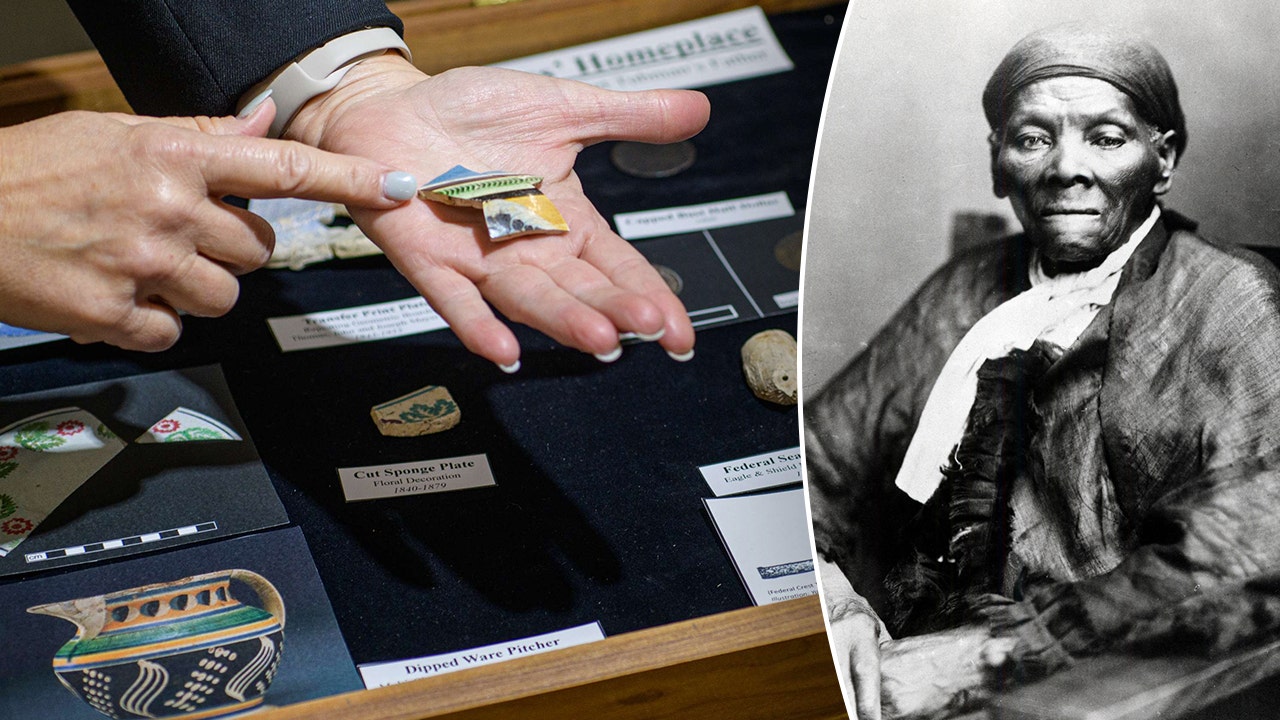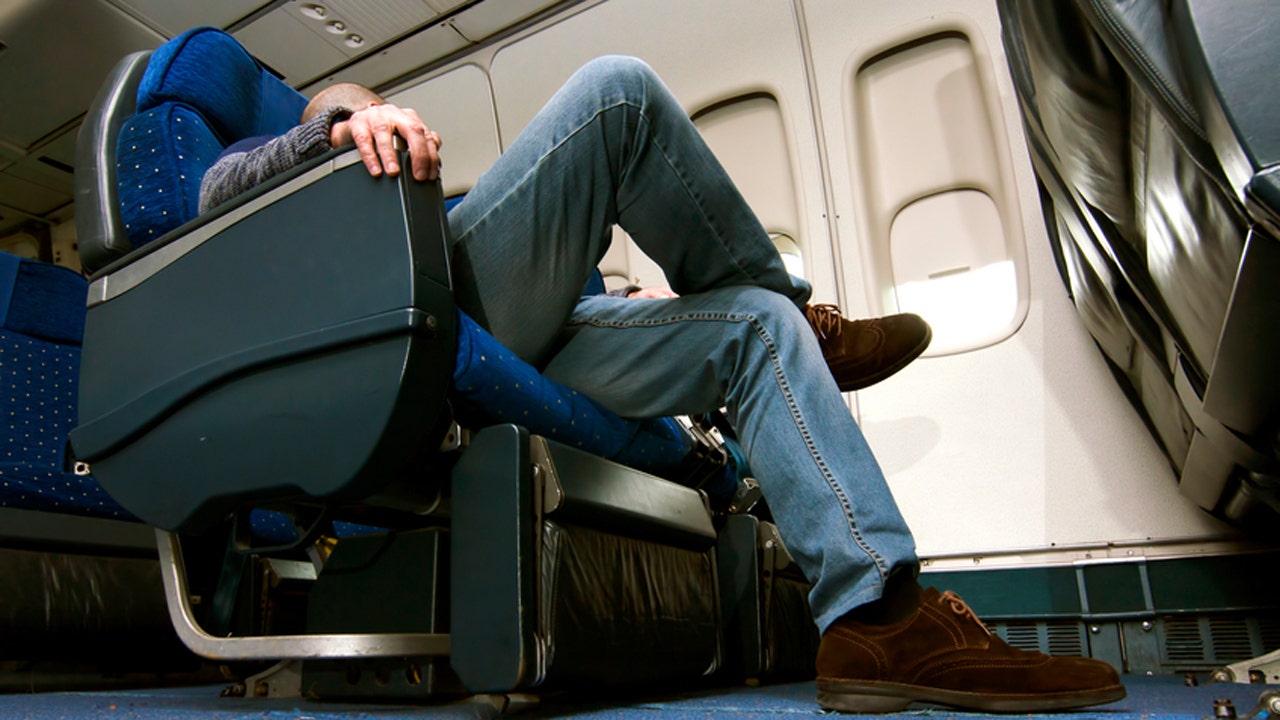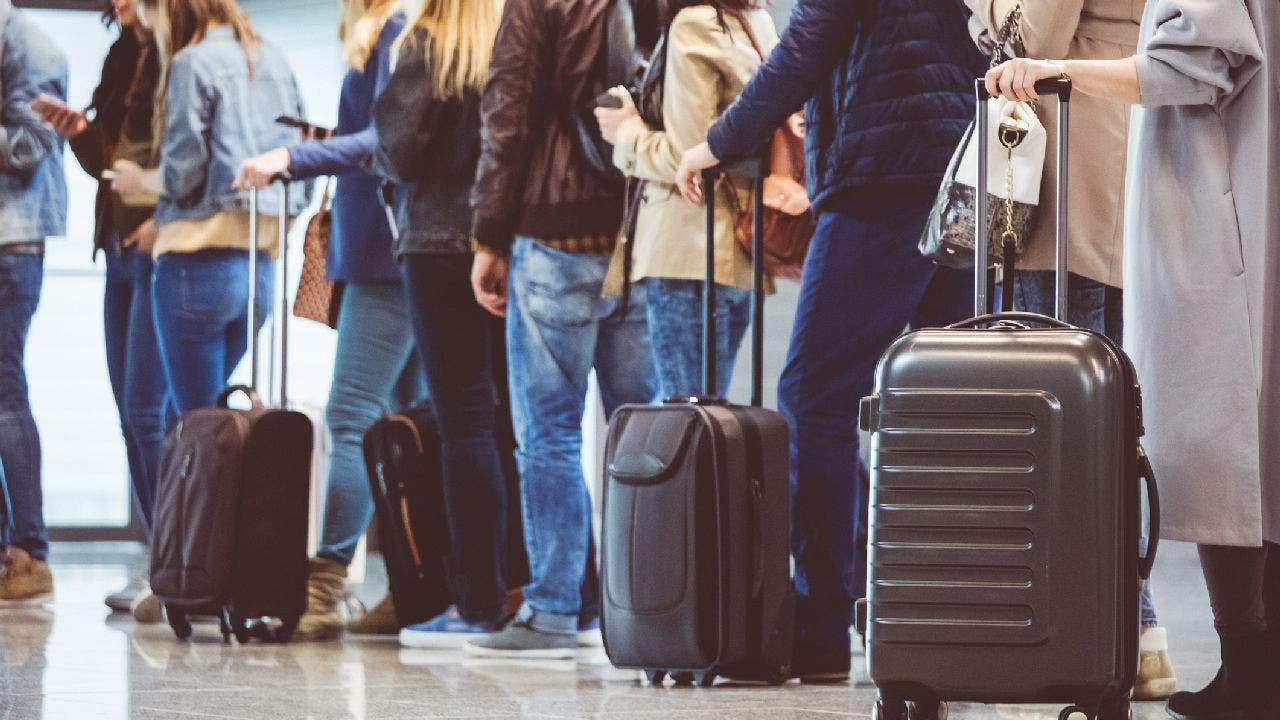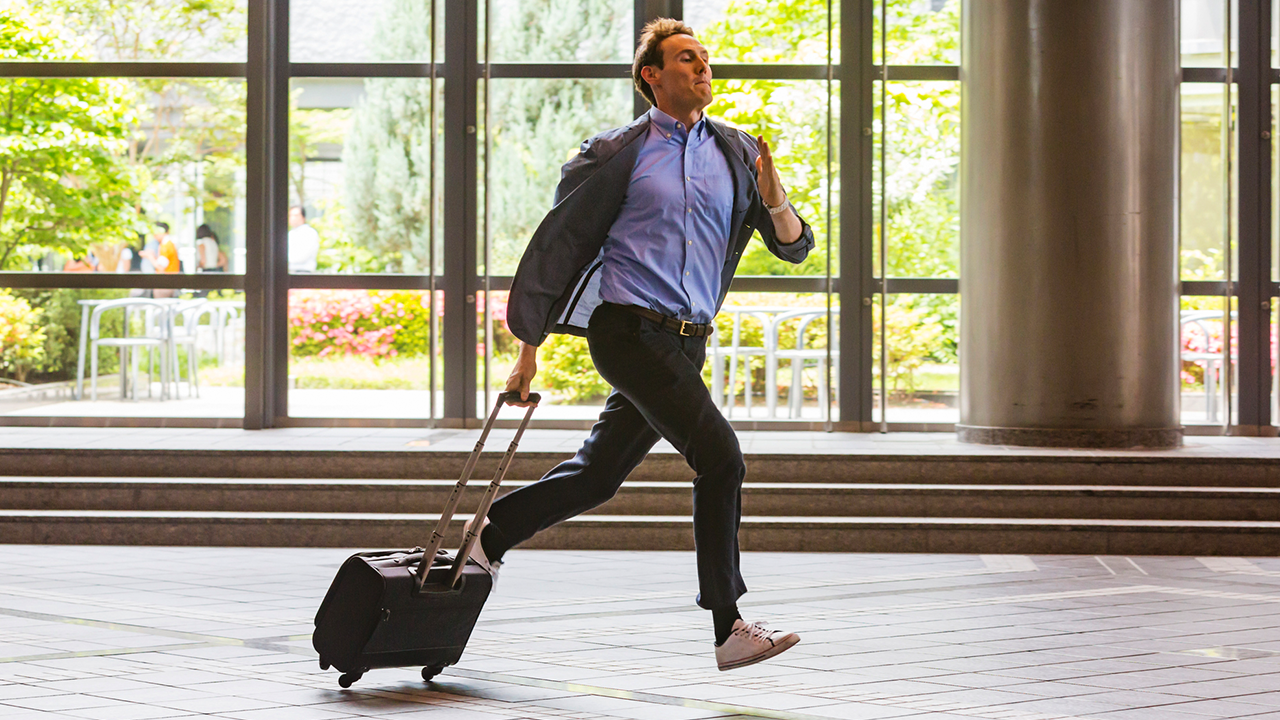The First Barcode Ever Scanned In A Grocery Store
Have you ever wondered about the origins of the barcode, that clever little pattern of lines found on almost every item you buy at the grocery store? It’s fascinating to think that something so simple yet powerful has revolutionized the way we shop. In this article, we’ll explore the story behind the first barcode ever scanned in a grocery store, its development, and the impact it has had on the retail industry.
A Brief History of Barcodes
Before we dive into the first barcode ever scanned, let’s take a quick look at how barcodes came to be. In the 1940s and 1950s, inventors such as Bernard Silver and Norman Joseph Woodland were working on a solution to improve the efficiency of grocery store checkout systems. They envisioned a system that could automatically read product information and eliminate the need for manual input.
In the early 1970s, the Universal Product Code (UPC) was established as the standard barcode system in the United States. The system was adopted by the grocery industry and quickly spread across other retail sectors.
The First Scanned Barcode
On the morning of June 26, 1974, at a Marsh Supermarket in Troy, Ohio, history was made. Sharon Buchanan, a cashier, scanned the first-ever barcode using the newly installed UPC barcode scanning system. The product that had the honor of being the first scanned barcode was a 10-pack of Wrigley’s Juicy Fruit gum.
Although this event may seem trivial at first, it was a pivotal moment that revolutionized the way we shop. The barcode made it possible to track inventory, automate the checkout process, and gather valuable sales data.
The Impact of the First Barcode Scan
The introduction of barcodes had a profound impact on the retail industry. Suddenly, inventory management became more efficient as retailers could easily track products in real-time. Businesses could streamline their operations, reduce costs, and make more informed decisions based on accurate sales data.
For consumers, the barcode revolutionized the checkout experience. No longer did they have to endure lengthy handwritten or manual entry of prices. Scanning barcodes enabled faster and more accurate pricing, making grocery shopping a breeze.
Barcode Innovations and Advancements
Over the years, barcode technology has continuously evolved. In addition to the traditional vertical line barcodes, we now have two-dimensional barcodes, such as QR codes, that can store much more information.
Advancements in barcode technology have also given rise to mobile scanning applications. Consumers can now use their smartphones to scan barcodes and access detailed product information, reviews, and even make purchases.
Barcodes Beyond Retail
Barcodes have expanded beyond the retail world, finding applications in various industries. They are used in healthcare to track patient records and medication, in logistics to manage inventory and distribution, and even in entertainment to facilitate ticketing systems.
Moreover, barcodes have become a valuable tool for marketing and advertising. Companies can embed barcodes in their advertisements, allowing consumers to scan and access exclusive offers, discounts, or product information.
The Future of Barcodes
As technology continues to advance, barcodes will undoubtedly adapt and evolve to meet new demands. From augmented reality integration to improved scanning capabilities, the future holds endless possibilities for this humble yet powerful invention.
Conclusion
The first barcode ever scanned in a grocery store may not seem like a significant event, but its impact on the retail industry is undeniable. It paved the way for increased efficiency, improved customer experiences, and provided businesses with valuable insights. From that momentous day in 1974, barcodes have gone on to revolutionize various industries, and their future continues to be bright. So, the next time you see a barcode on your groceries, remember the revolutionary journey it has taken to simplify your shopping experience.
*Source www.foodrepublic.com


